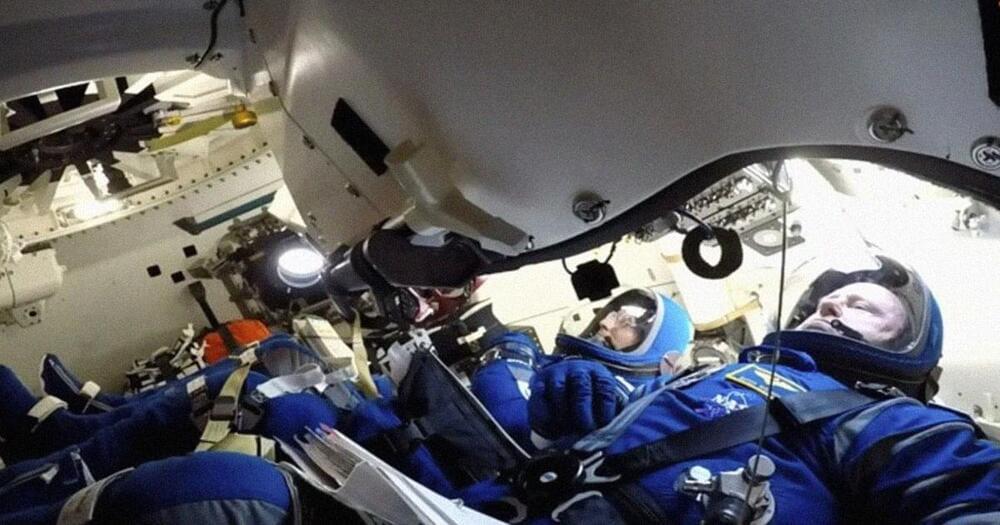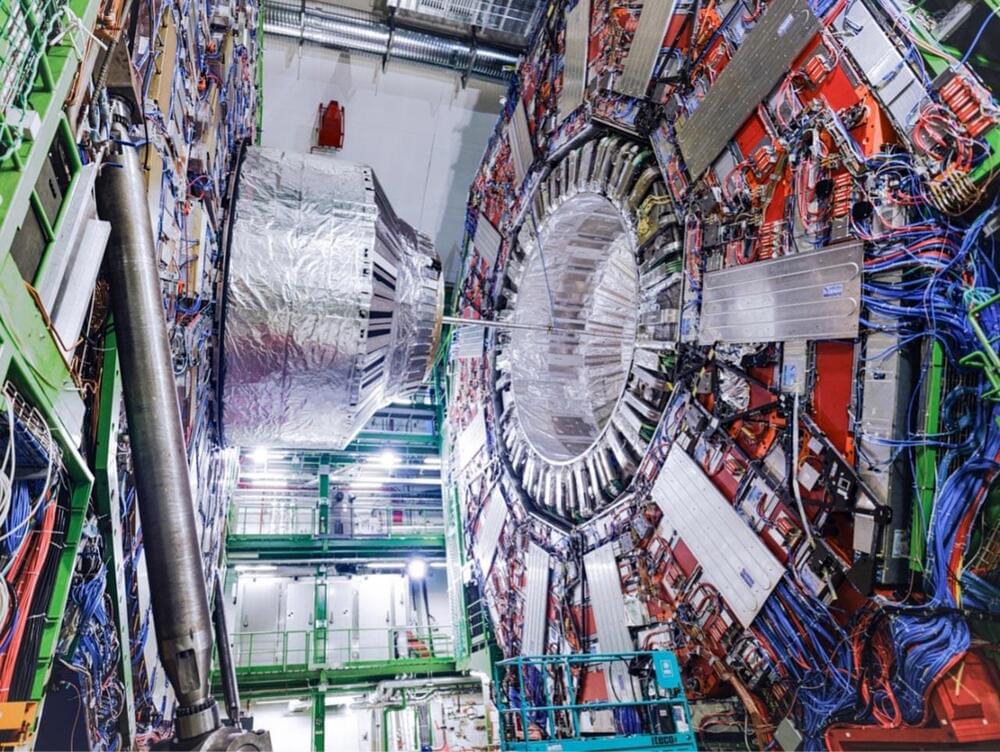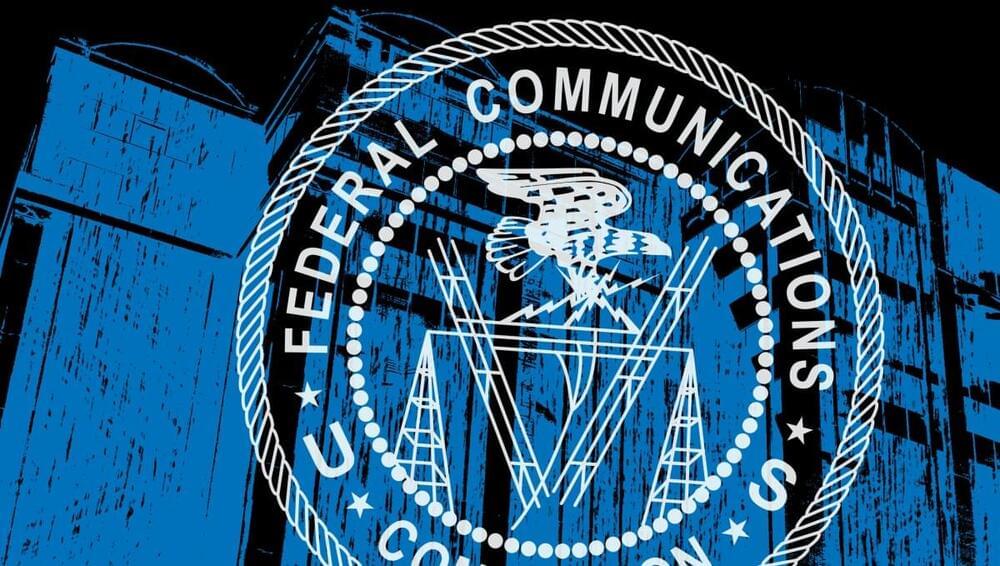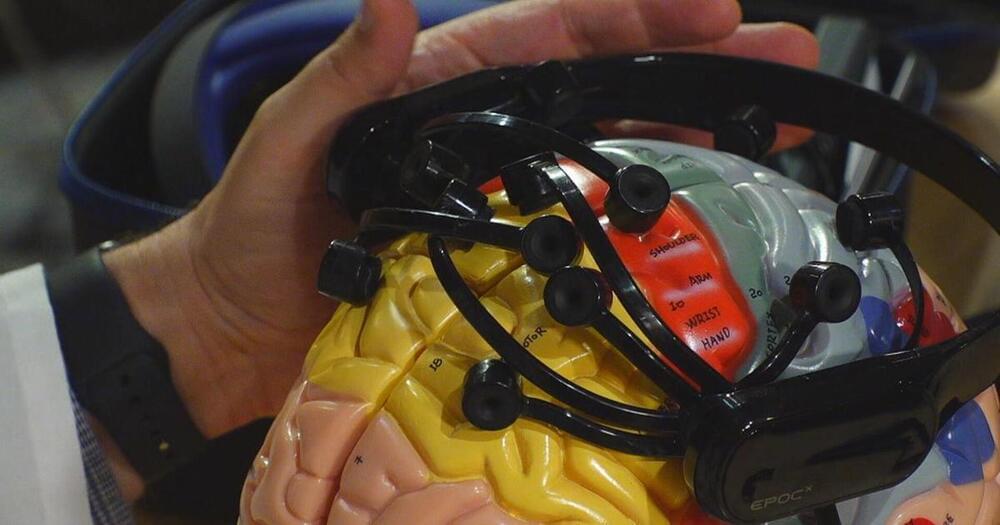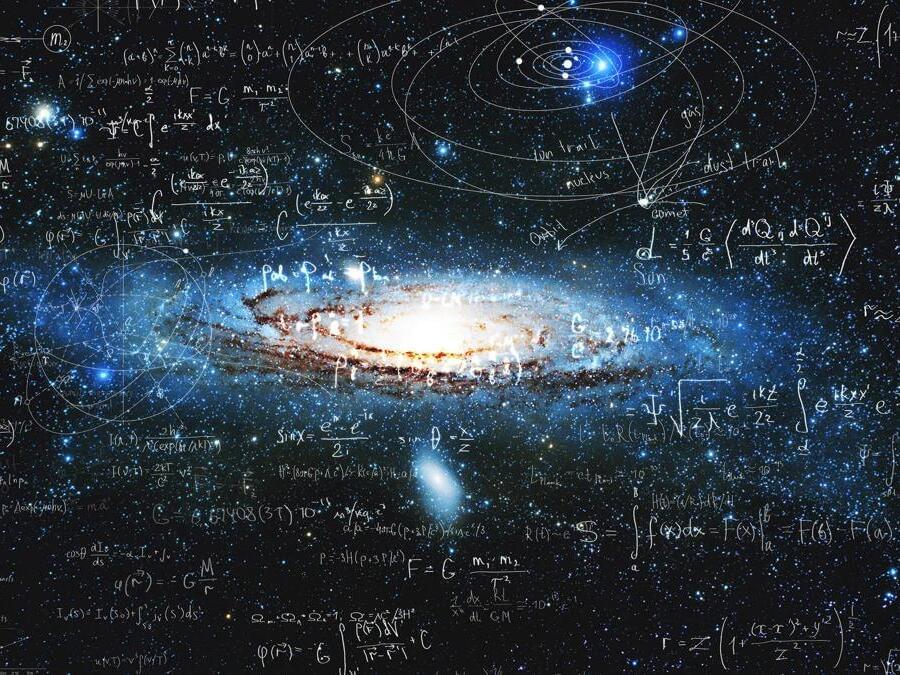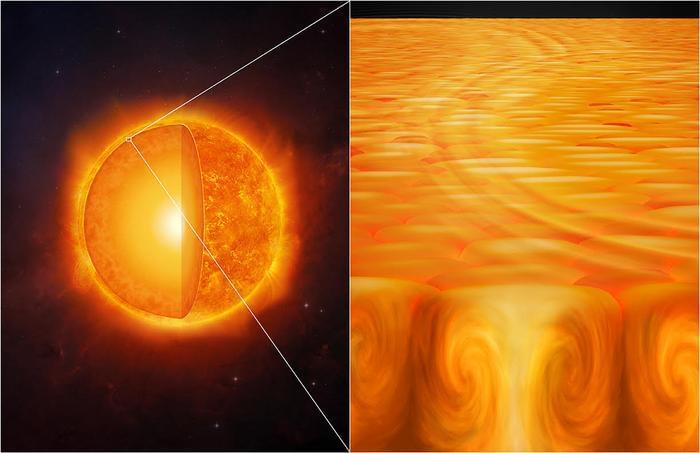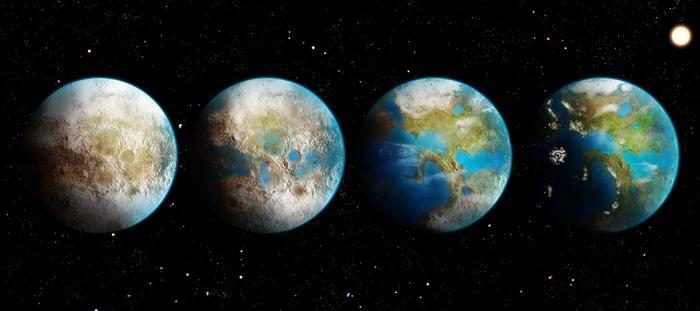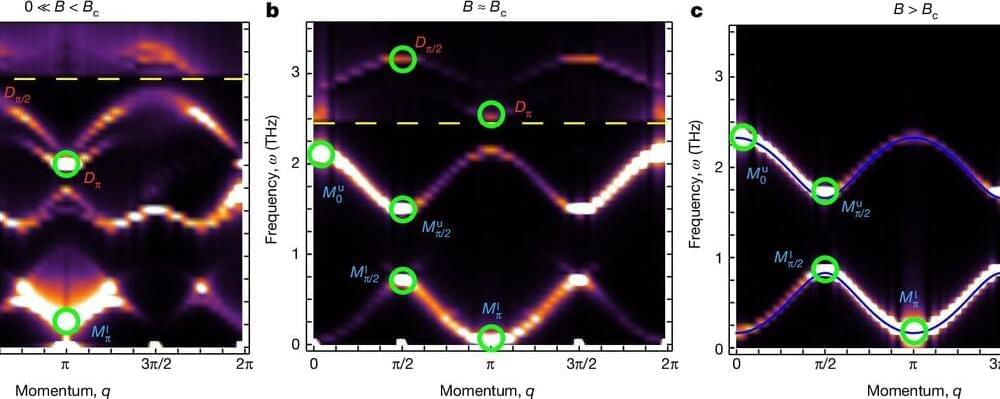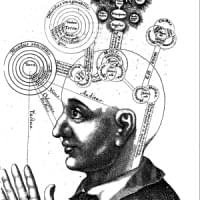Jun 27, 2024
Astronauts Sheltered in Escape Vehicles as Debris Menaced Space Station
Posted by Genevieve Klien in category: space
Astronauts on board the International Space Station were instructed to shelter inside their respective spacecraft after reports indicated pieces of a broken-up satellite were headed their way.
Specifically, the remains of a derelict spacecraft called Resurs-P 1, a Russian commercial Earth observation satellite that launched in June 2013, were spotted by space junk monitor LeoLabs.
“Early indications are that a non-operational Russian spacecraft, Resurs P1 (SATNO 39186), released a number of fragments between 13:05 UTC 26 June and 00:51 UTC 27 June,” Leolabs tweeted late Wednesday evening.
